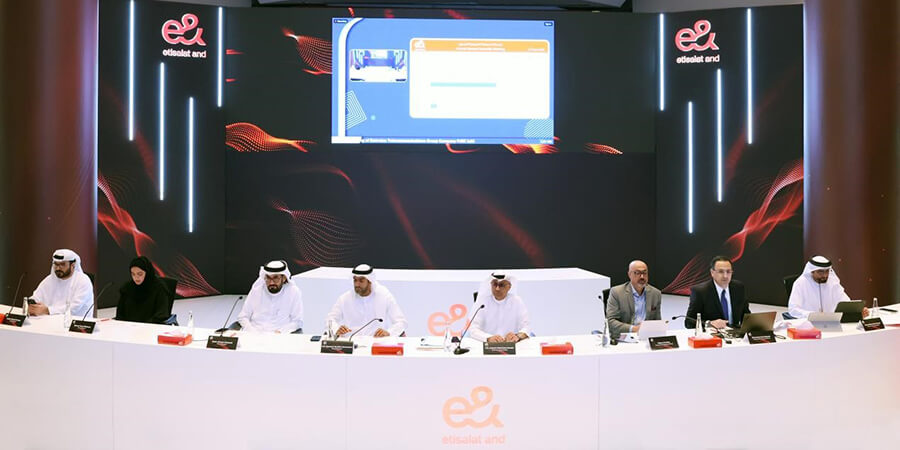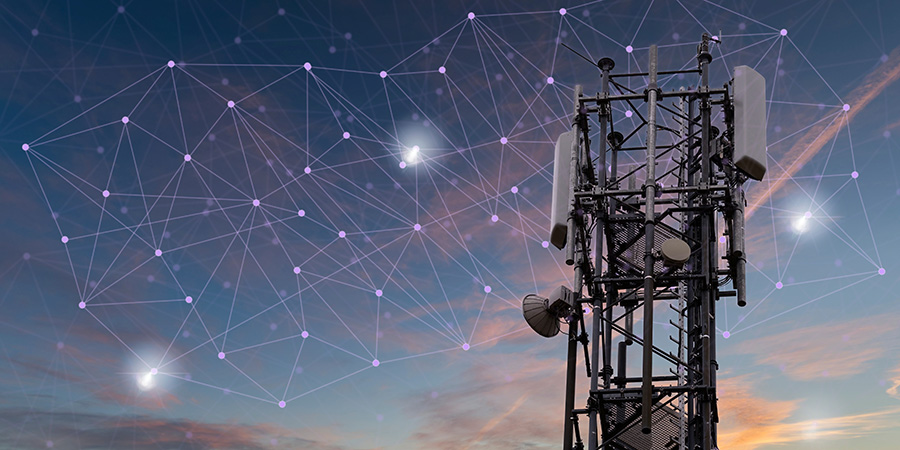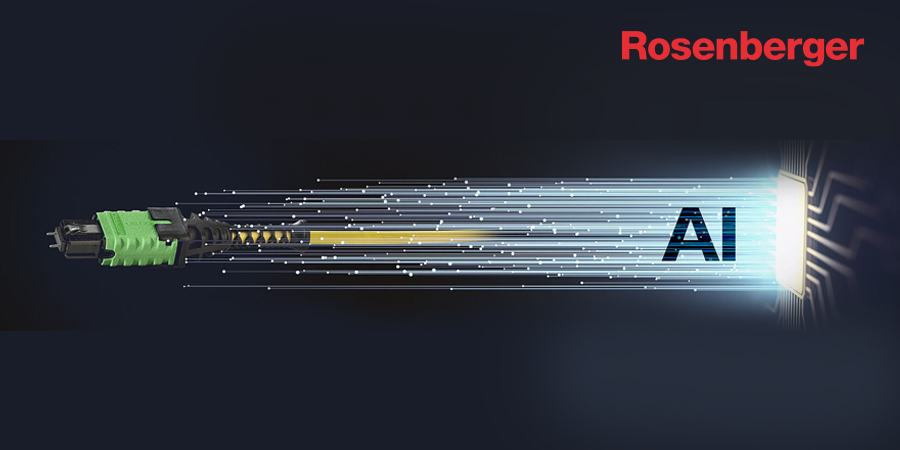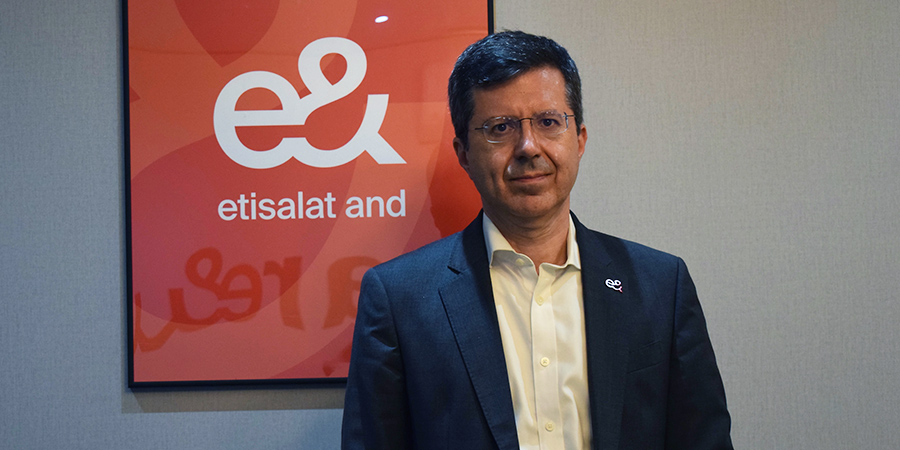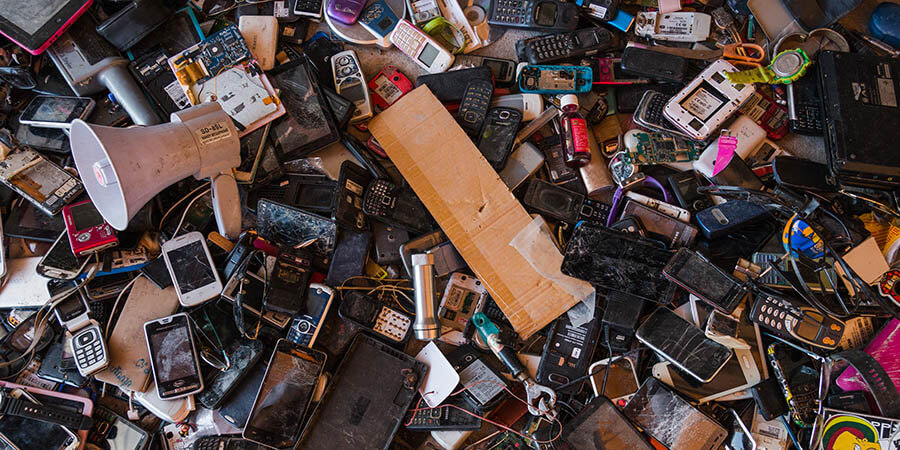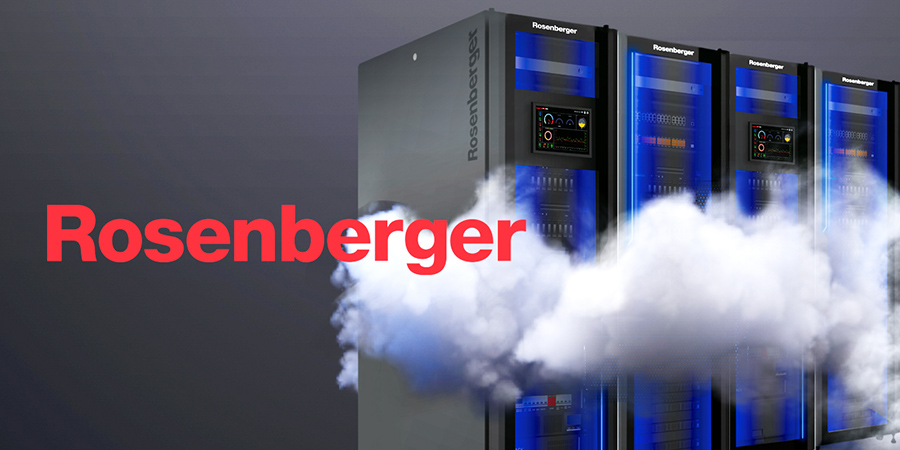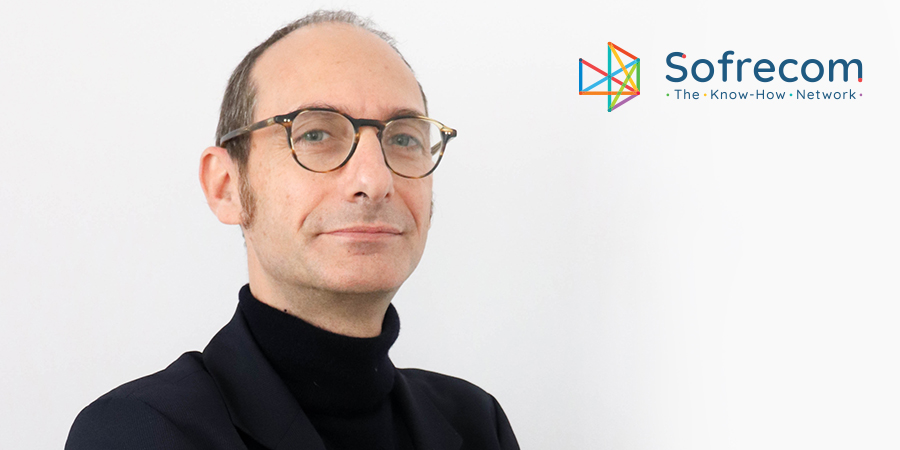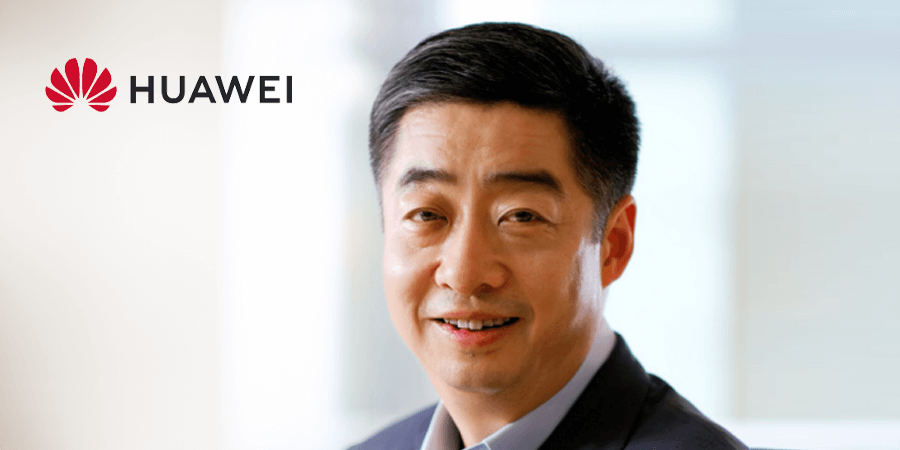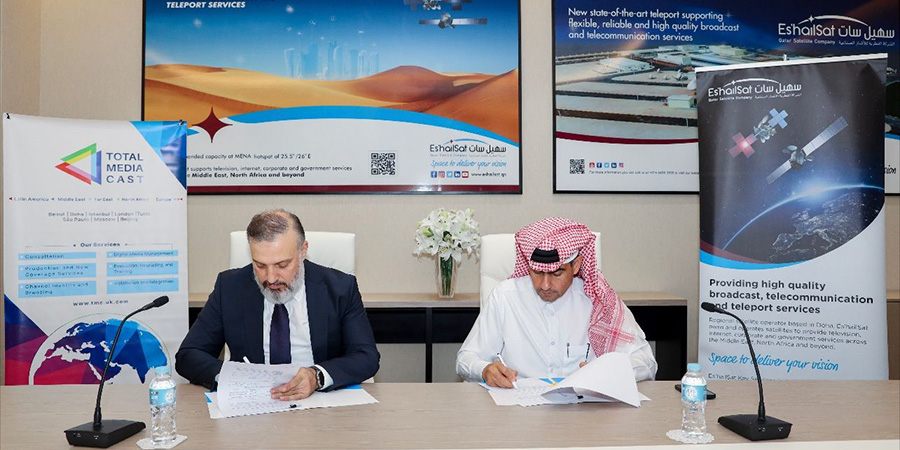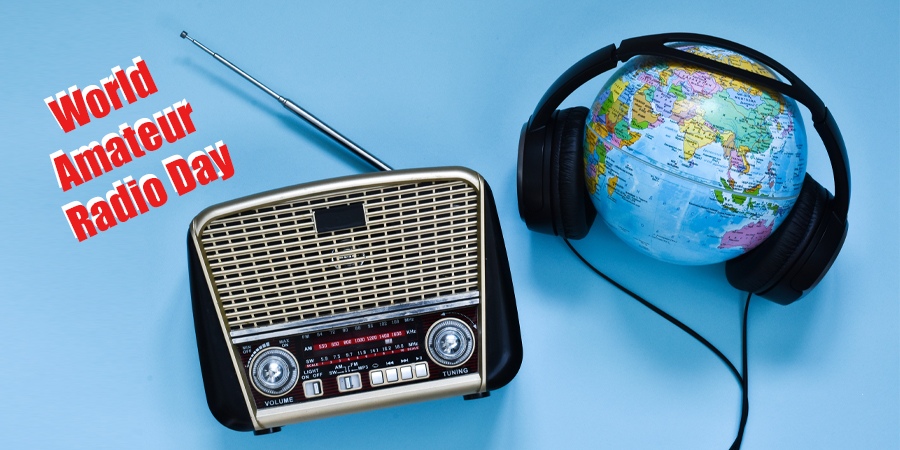Coaxial drop cable is the stuff of legend. Like other legends, plenty of myths develop over time about the product, its preparation and performance. I’m a huge fan of the show, "MythBusters", so let’s bust a few drop cable myths right here.
By Joseph Habib, Vice President, Service Providers - MEA, CommScope
Myth 1 - The denser the braid, the better the shielding
Braid density is one factor that impacts drop cable shielding, but it’s not the only one. Coaxial cable is both a precision radio frequency (RF) waveguide and a mechanical structure. If the mechanical structure is compromised, the RF performance will be as well. Heavily braided cables can negatively impact shielding as the braid structure works against the bonding and tape layers during handling, installation or environmental flexure. It can also make a cable stiffer and more difficult to properly prepare for termination. Decades of engineering at CommScope have taught us that an optimized braid working in tight alignment with advanced tapes and bonding provides the best shielding under any installation and handling conditions. Our F677TSVV-XP is just such a cable, with a 77 percent braid that outperforms 90 percent braid (and even quad shield).
Myth 2 - LTE interference requires a different shielding design
LTE interference is certainly a prevalent issue today, and one that is well understood by CommScope. We see and understand best practices from both sides - wireless and wireline. Bottom line, LTE is a potential interfering wireless signal, at a set of frequencies. The same shielding techniques that have evolved over decades protect against LTE.
What is the biggest culprit when shielding is compromised? Experience suggests it is the connector interface, so proper cable preparation is paramount. Would you be surprised that there are myths about termination too?
Myth 3 - Snip off the center conductor so it "looks right"
Modern drop cable stripping tools are designed to provide a center conductor length of 5/16", as recommended by the Society of Cable Telecommunications Engineers (SCTE). Connector nuts can vary in height, so the 5/16" length may look different with different connectors. If cut off, the conductor risks being too short and may cause electrical anomalies during temperature changes. Remember, drop cable is both a waveguide AND a mechanical structure. Components can move, and 5/16" (not ¼" or "eyeballed") is the best length to ensure solid connectivity in any temperature. Trust your tools!
Myth 4 - Using a connector or plier to "round out" the cable helps ease insertion force
Argh… where do I start? Proper tools, in good condition and with sharp, fresh blades, will produce a well-rounded cable end ready for termination. The outer foil must be removed (and can be automatically with CommScope XpressPrep), and the braid must be folded back along the jacket in an even distribution. A stiff plastic brush or fingertip can accomplish this. Using a metal tool of ANY sort can damage components, cut braids and lead to potential connector failure and truck rolls. CommScope has offered training and videos to assist in this procedure for decades, and we have NEVER recommended a metal tool or shortcut using anything as a tool.
Myth 5 - I’ve been using this tool for 20 years and…
I have a screwdriver in my drawer that is bent 45 degrees. Why? I used it for the wrong purpose. I keep it to remind myself never to do that again! The SCTE has prescribed prep lengths for coaxial cable. To achieve this prep, tool manufacturers make tools specific for the cable. Use the right tool, with the right blade, for the job. Are your tools 20 years old? Replace them! Old blades, or the wrong blade, can damage the cable end. If you see braids on the ground, change the tool or blade. Don’t allow a $2 blade to create several $100 truck rolls!
Have you heard other myths that might put your subscriber experience at risk? Let us know. Reliable and repeatable coaxial drop cable terminations are critical to network performance. If you avoid the myth trap, your connections can be truly legendary.




